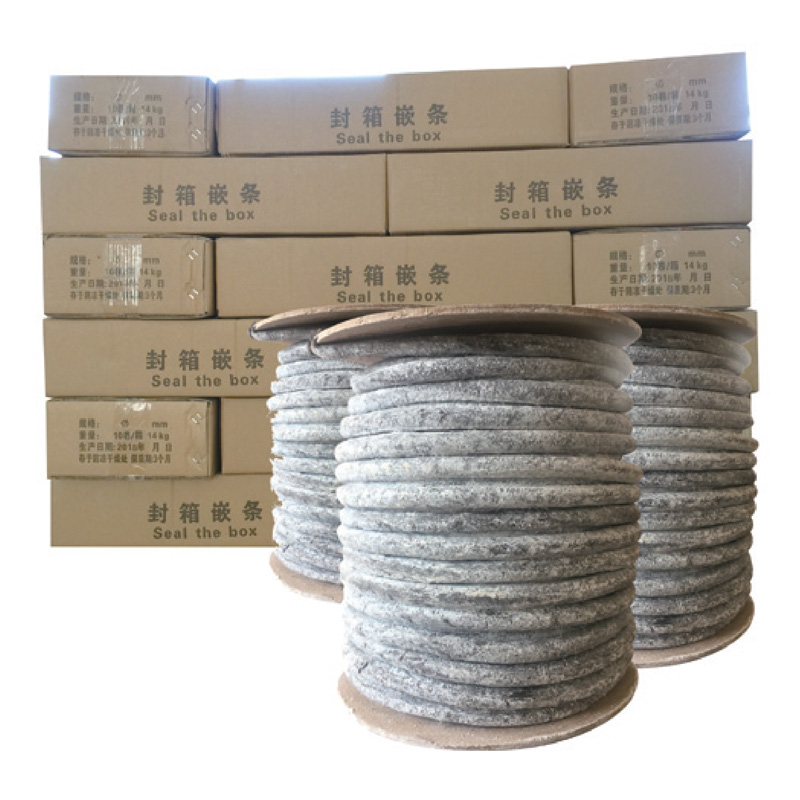Maintaining a surface after applying a sealing clay agent is crucial to ensure its longevity and effectiveness. The specific maintenance required can vary depending on the product and the environmental conditions, but general guidelines include:
Regular Inspection:
Routine Checks: Periodically inspect the sealed surface for any signs of damage, wear, or deterioration. Look for cracks, peeling, or areas where the sealant may have worn away.
Seasonal Inspections: Conduct thorough inspections at least once or twice a year, preferably in spring and fall, to address any weather-related damage.
Cleaning:

Gentle Cleaning: Clean the sealed surface with mild soap and water using a soft brush or sponge. Avoid harsh chemicals or abrasive tools that could damage the sealant.
Remove Debris: Keep the surface free of debris, leaves, and other materials that could trap moisture or cause abrasion.
Repair Minor Damages:
Prompt Repairs: Address any minor damages or areas of wear immediately to prevent further deterioration. Clean the area, allow it to dry, and reapply the sealing clay agent as needed.
Touch-Ups: Perform touch-up applications in high-traffic or high-stress areas where the sealant might wear down more quickly.
Reapplication:
Scheduled Reapplication: Depending on the product and usage conditions, the sealing clay agent may need to be reapplied periodically. Check the manufacturer’s recommendations for reapplication intervals, which could range from every few years to more frequently for heavily used surfaces.
Surface Preparation: Before reapplying, ensure the surface is clean and dry. Remove any loose or damaged sealant, and follow the initial application steps.
Protection from Extreme Conditions:
Shield from UV Exposure: If the sealed surface is exposed to direct sunlight, consider applying a UV-protective coating or covering the area to extend the sealant’s life.
Temperature Fluctuations: Be mindful of extreme temperature changes, as these can cause the sealant to expand and contract, potentially leading to cracks. Insulate or protect the area if possible.
Avoid Heavy Impact:
Minimize Stress: Avoid heavy impacts or abrasive activities on the sealed surface to prevent damage. Use protective mats or coverings in high-impact areas.
Environmental Considerations:
Manage Moisture: Ensure proper drainage and ventilation to prevent water buildup around the sealed area. This is particularly important for outdoor applications and areas prone to pooling water.
By following these maintenance guidelines, you can ensure that the sealing clay agent remains effective and prolong the life of the sealed surface. Regular maintenance helps prevent minor issues from becoming major problems, ensuring the long-term protection of the material.


 English
English 中文简体
中文简体
















